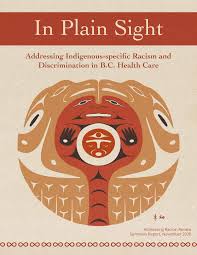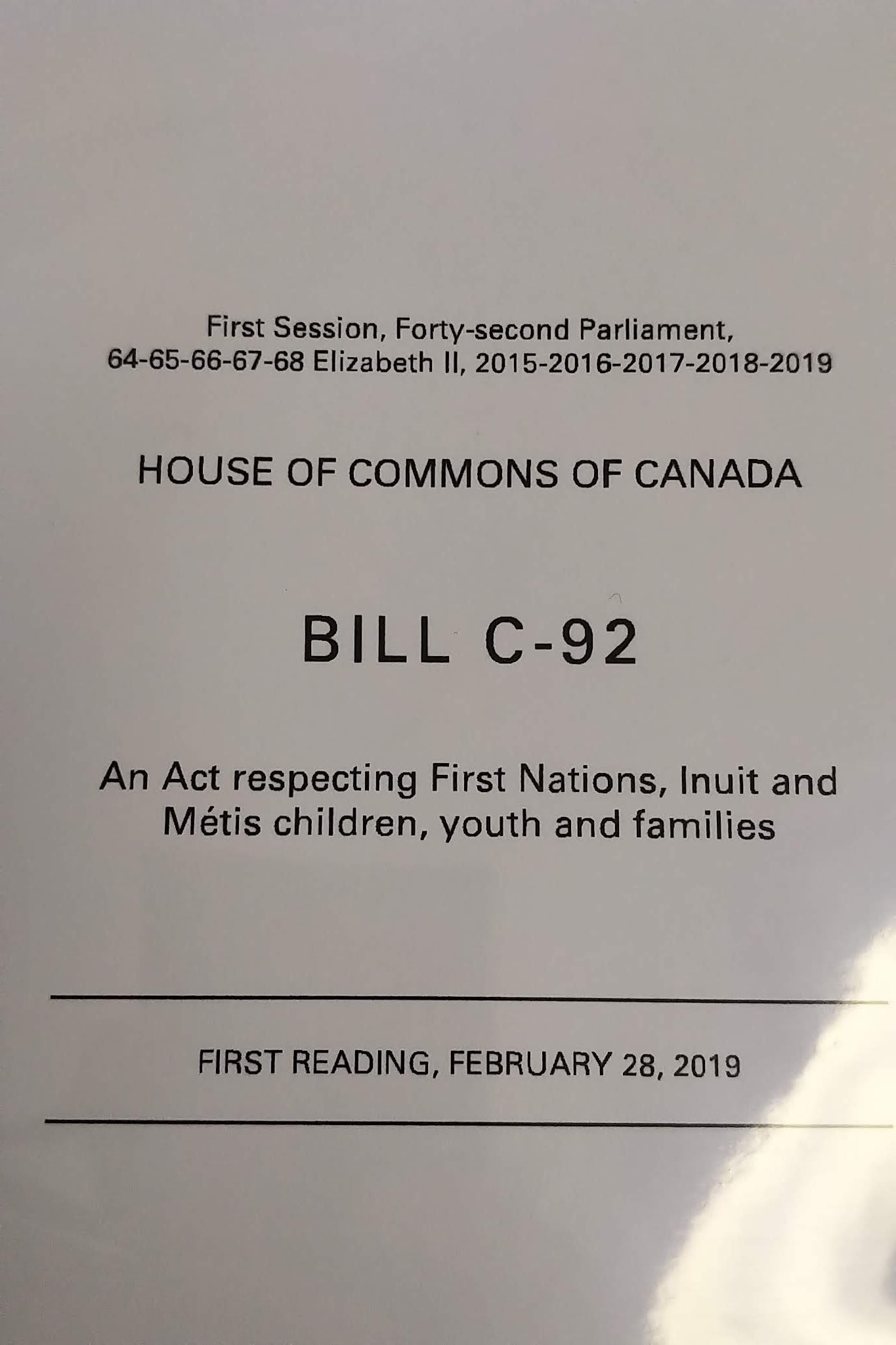RACISM IN BC HEALTHCARE Imagine living in a country, where hospitals refused to treat you for a stroke, because the doctors and nurses assumed you were drunk? Imagine further, that the emergency room doctor refused to treat your young child for epilepsy, because they assumed she was on drugs? Well folks, that country is Canada….
Continue reading…about In Plain Sight: Widespread Racism in BC Healthcare






